When discussing about 4K wallpapers, we’re usually referring to either a resolution of 3840×2160, or 4096×2160 pixels.
4K is four times the resolution of 1080p. Other such High Definition resolutions may include 720p and 1080i.
In commercial digital cinema, 4K refers to 4096×2160, and many movies are actually either shot or mastered in 4K by upscaling them from 2K.
It has two official consumer labels, UHD and Ultra HD, and 4K is a well-established term in home theatre, usually with the resolution for 3840×2160. There are plenty of home theatre receivers that either come with 4K pass-through, or have 4K upscaling capability, as well as a lot of TVs or source devices that work with 4K upscaling.
You might also find 4K under other names, such as 4K x 2K, or 4K Ultra High Definition, QFHD, UD, 2160p, or even Quad Resolution and Quad High Definition.
4K is a pretty popular option with gamers nowadays, and such users are often in need of 4K wallpapers. Fortunately, there are some beautiful 4K wallpapers online, from 4K wallpapers for games, to 4K wallpapers showcasing nature landscapes, 4K abstract wallpapers, 4K space wallpapers etc.
Amazing 4K wallpapers aren’t that difficult to find. Just do a quick online search for “best 4K wallpapers”, or even “cool 4K wallpapers”, and you’ll come across some stunning 4K desktop wallpapers. You could even add a more specific term, for example if you’re into nature, search for “4K nature wallpapers”, and you’ll find a great selection of 4K wallpapers for PC.
Why is 4K an option to consider?
4K is a pretty significant upgrade. When you’re using a larger TV, or a video projector, you get a much more detailed image than 1080p, and there are much less visible pixels. Up to 65”, 1080p may look good, depending on the viewing distance, but 4K is still miles ahead, especially when you’re looking at larger resolutions.
You will find that there are a lot of 4K TVs on the market nowadays, and you’ll also find some 4K video projectors as well. Plenty of streaming sources will provide 4K content, such as Netflix, Amazon or Vudu, and you can get Ultra HD Blu-ray discs as well.
What you should know is that even though a lot of the regular Blu-ray disc players can upscale 1080p to 4K, only an Ultra HD Blu-ray player can play native 4K files. There are also cable and satellite providers that might offer 4K content, but not many of them do.
The problem is with over-the-air TV broadcasting, as things are severely lagging here. South Korea is leading the field as far as tests go, and the US isn’t far behind. However, the electronic infrastructure that 4K requires isn’t compatible with the current broadcasting systems, which is a major obstacle.
What does 4K mean for the average consumer?
The availability of 4K is increasing, and consumers get a much better video image, especially with larger screens. The ability for a user to see any pixel structure when viewing from a regular viewing distance is also greatly reduced. When you combine 4K with fast screen refresh rates, you’re getting almost as much depth as with 3D, but you don’t need the glasses.
You should know that Ultra HD’s implementation won’t make 720p or 1080p TVs obsolete by any means. However, they will be cheaper, and fewer of them will get made.
The current TV broadcast infrastructure won’t be abandoned anytime soon, due to the compatibility issues mentioned above. And, at some point, it will be the default standard. However, plenty of infrastructure changes need to be done by then.
4K has a few reasons why you might be reconsidering your next TV purchase, and not all of them are obvious immediately. If a photographer is routinely viewing their work on an HD TV, they get just a fraction of a detail their images have.
4K gives them a much better look at this. And, a 4K display will truly give you more details and nuance, with an astonishing difference. 3D is somewhat of a faddish diversion, but 4K doesn’t really have any caveats, and the higher resolution images are just better.
What comes after Ultra HD and 4K?
After 4K, we get 8K. This has 16 times 1080p’s resolution, and there have been quite a few prototype TVs in the past few years. There are also 8K monitors that professionals use, but you will find that affordable options for the regular consumer are still far away.
Translating the video resolution to megapixels
When you want to compare the pixel resolution of some modestly priced still cameras, here is how things stand currently.
- 1080p, or 1920×1080 is 2.1 Megapixels
- 4K, either 3840×2160, or 4096×2160, is around 8.5 Megapixels
- 8k, or 7860×4320, is where you get into the resolution range of a professional still camera, or 33.2 Megapixels
Discussing contrast and color
With all being said, when you’re looking at something on your TV screen, you are the one that should be satisfied. Sure, resolution is important, but there are other important factors as well, such as video processing and upscaling quality, or color consistency, contrast, black levels etc. Even how the TV you’re using physically looks is something that matters.
Let’s discuss the difference and sitting distance with 4K
Extra pixels commonly mean extra information, which translates into a sharper image. This is much more engaging, and, consequently, much more fun. And when you’re watching TV, fun is kind of a relevant factor, right?
The level of difference is in the range of a 480p to 1080p upgrade, and coming from a 1080p screen, you will find a 4K one noticeably sharper. However, there are a few reasons why you might not feel the exact same thrill.
First of all, when you went from a 480p TV to a 1080p one, you most likely got a much bigger panel as well. Display size is a much more powerful WOW factor than resolution can ever be, and last time, people usually jumped both in size, and resolution. However, this time the screen size remains more or less the same, and some of the most popular models are in the 40” to 70” range. The difference with a 4K set is visible if, one, you’re watching 4K content, and two, you’re sitting close enough.
And yes, sitting close enough is a thing. Apple made a big splash with “Retina” a few years back, where a Retina screen is a screen with sufficient resolution that, at a normal viewing distance, you can’t make out individual pixels. If you get far away from a 1080p screen, there, you get a Retina display. But, at the same distance, you won’t be able to distinguish between 1080p and 4K. If you’re already at “retina” distance, and won’t be getting any closer, you might not notice such a difference with 4K.
So, do you move closer? Yes, you do. Getting up close without losing image quality is one of the most stunning things about 4K. The same sized screen now fills more of your visual field, which results in much greater immersion. This is one of the primary reasons why 4K monitors are one of the fastest growing sectors. Even at a foot or two from the screen, a 4K monitor is extremely sharp.
In case you aren’t confused enough with the acronyms, there’s also Ultra HD Premium
There are quite a few acronyms, and many of them sound confusing. Therefore, a group of companies formed the UHD Alliance which has a task of determining the technologies to be included in the next generation of TVs. Some of the big names here are LG, Panasonic, Toshiba, Samsung, Sony, Sharp, as well as audio companies such as Dolby, and TV production companies like 20th Century Fox and Netflix.
The main goal for this is to have consistency. If they all agree on some features, then Disney can produce a movie, and Netflix will be able to stream that same movie through an LG TV, and the resulting image will be just what the Disney director wanted it to be. Therefore, we had a UHD Premium specification, announced back at CES in 2016. There’s a list of features that must be included in TVs and Blu-ray players for maximum compatibility. That specification requires:
- A resolution of no less than 3840×2160
- 10-bit color depth, that allows 1,024 shades of red, green and blue
- Capability of displaying pixels at specific darkness and brightness levels for HDR purposes, where blacks are truly dark, and whites really pop
Now that the standard is defined, it’s just a case of you checking whether your next TV has that UHD Premium logo. You won’t have to worry about incompatibility with the 4K content that will undoubtedly come over the next couple of years.
But, yes, things aren’t really that simple
Panasonic and Samsung are proudly wearing the UHD Premium badges. However, Sony decided to make things a bit more confusing, and stick with the “4K HDR” label, even though their sets meet the required specification. Philips aren’t using the badge, but their sets at this point don’t meet the specifications.
These are all problems we’ll have to face with an emerging technology. However, we all hope that sooner rather than later, we’ll be looking at UHD Premium sets without any reservation. And, until the standard is backed by the whole industry, you should look into details to ensure maximum compatibility.
Ending thoughts on 4K wallpapers
4K, or Ultra HD, is a resolution that can fill up four 1080p screens. And, four times the pixels does mean four times the detail, making for a stunning difference.
If you liked this article with 4K wallpapers, you should check out these as well:
The post 4K Wallpapers for Your Desktop Background appeared first on Design your way.
Source: http://ift.tt/2FO0vqL



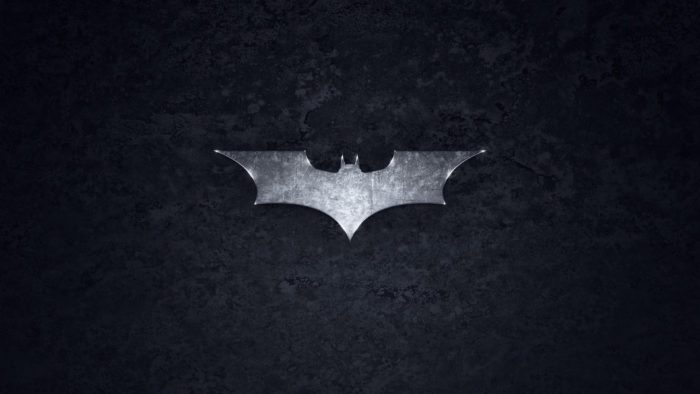
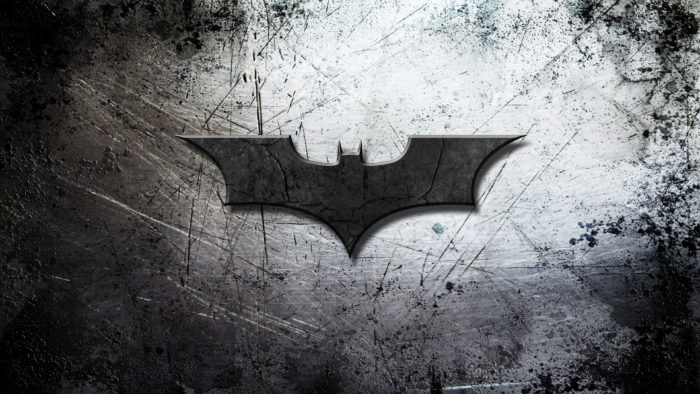



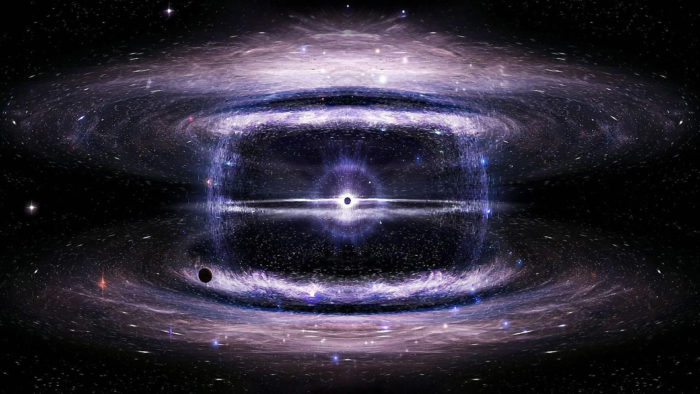
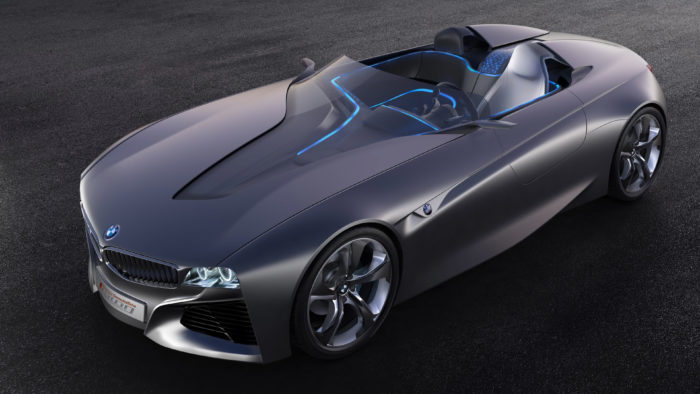














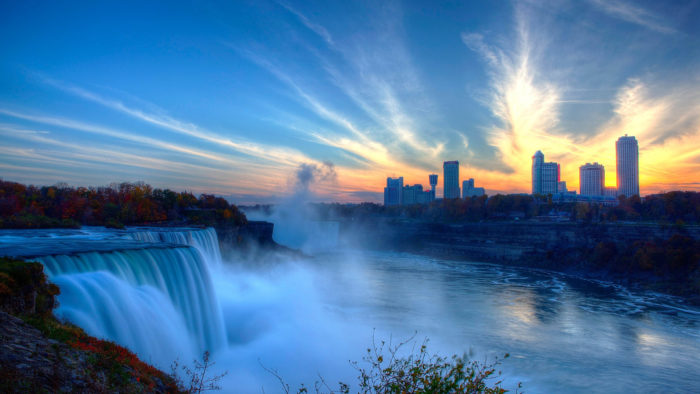








































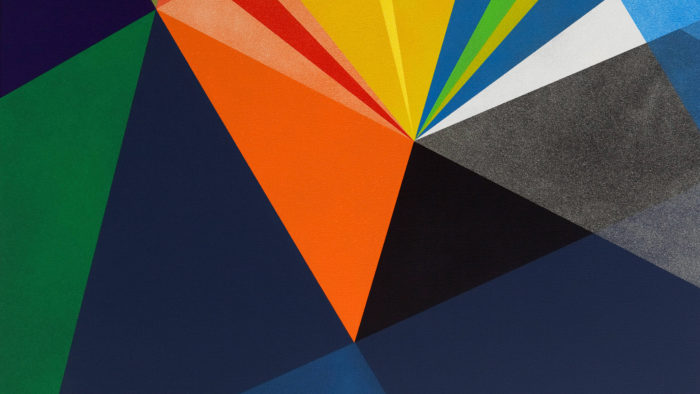





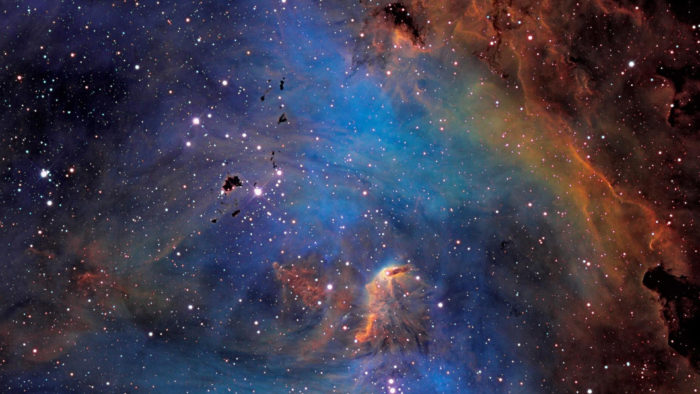













No comments:
Post a Comment